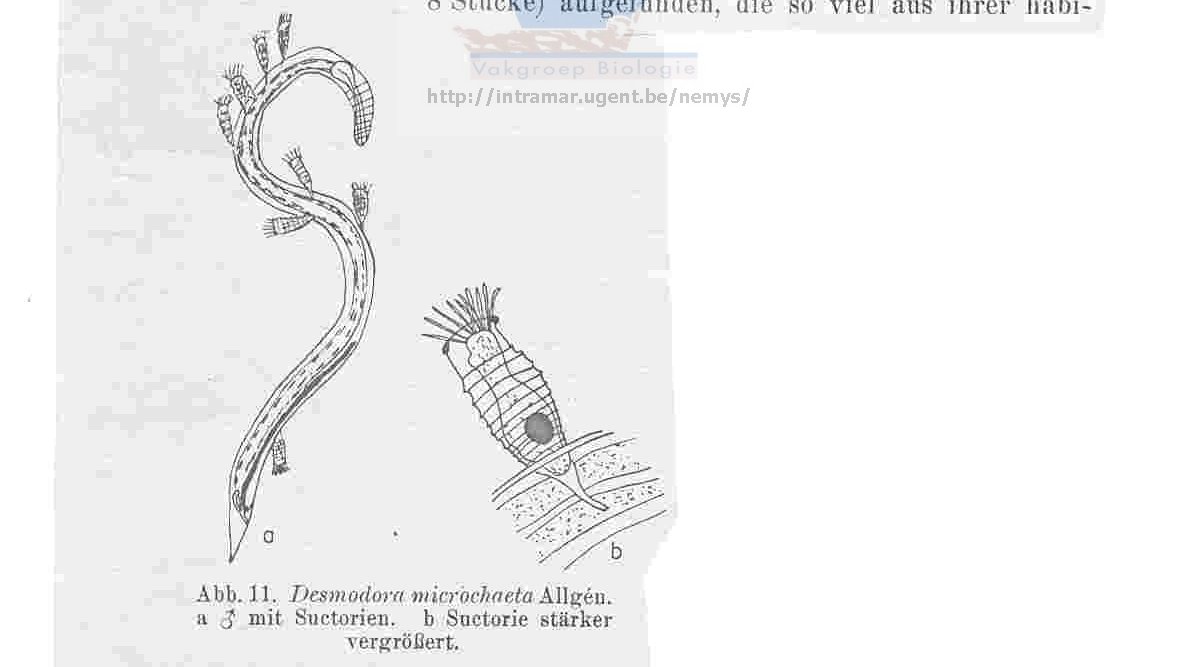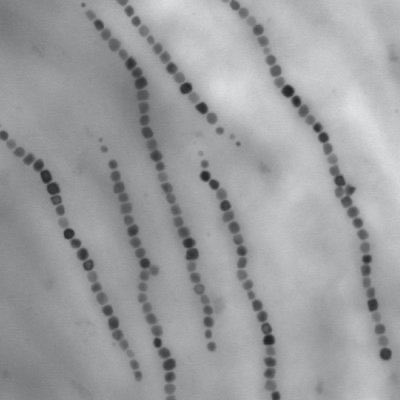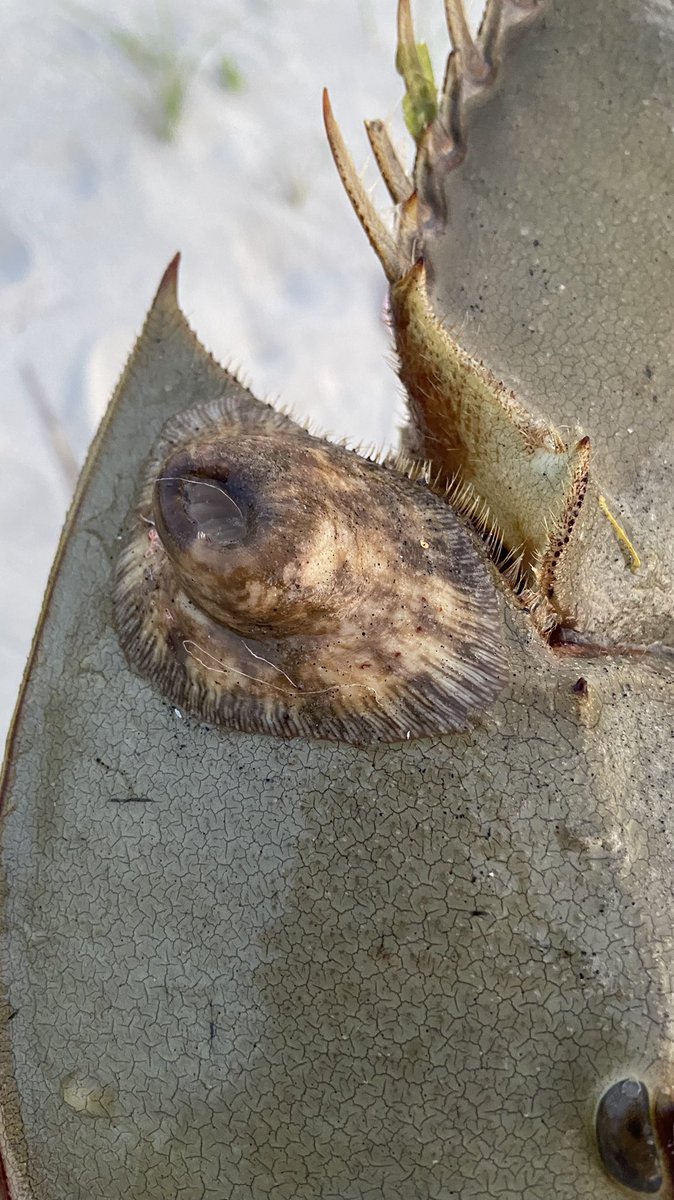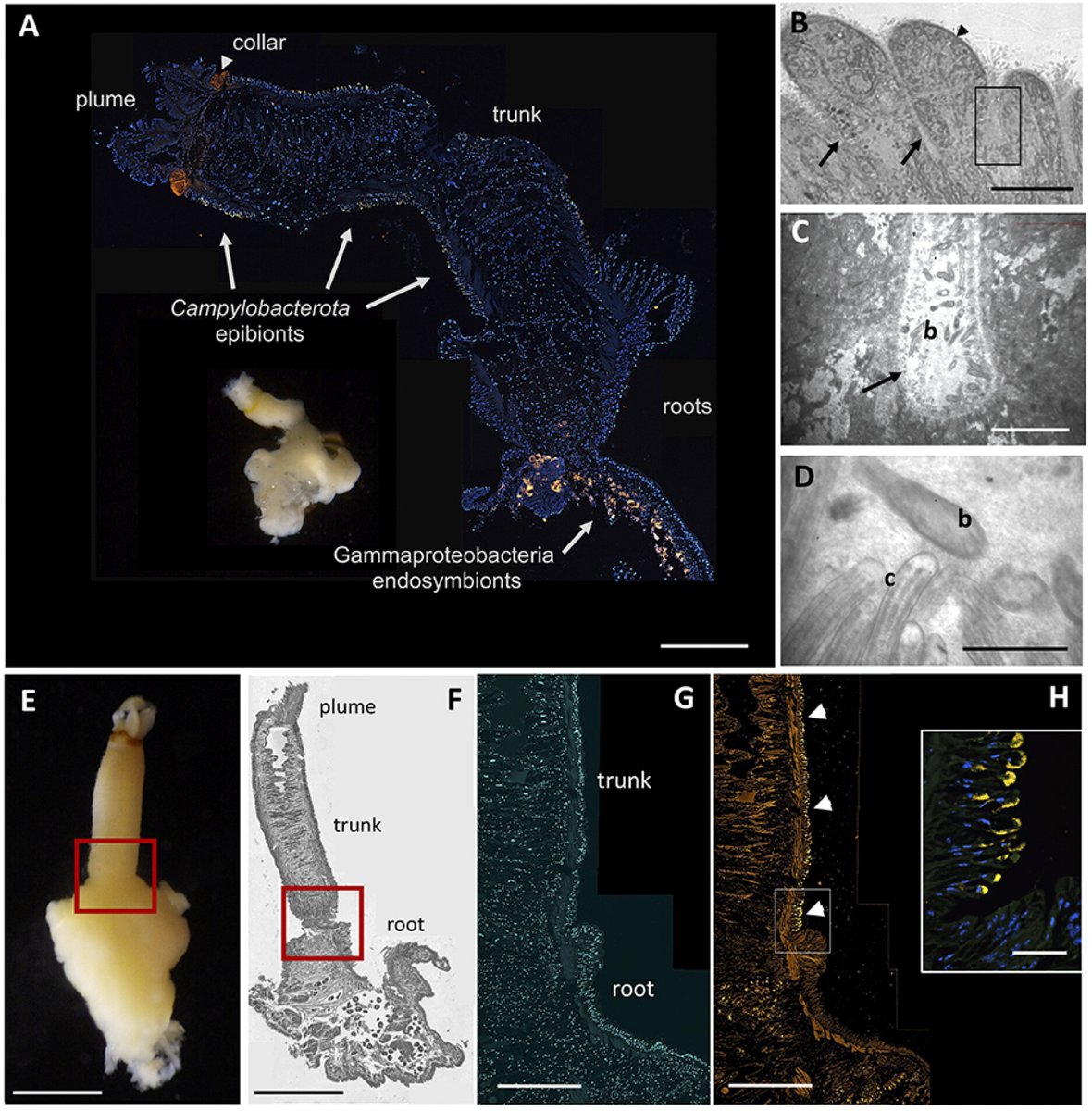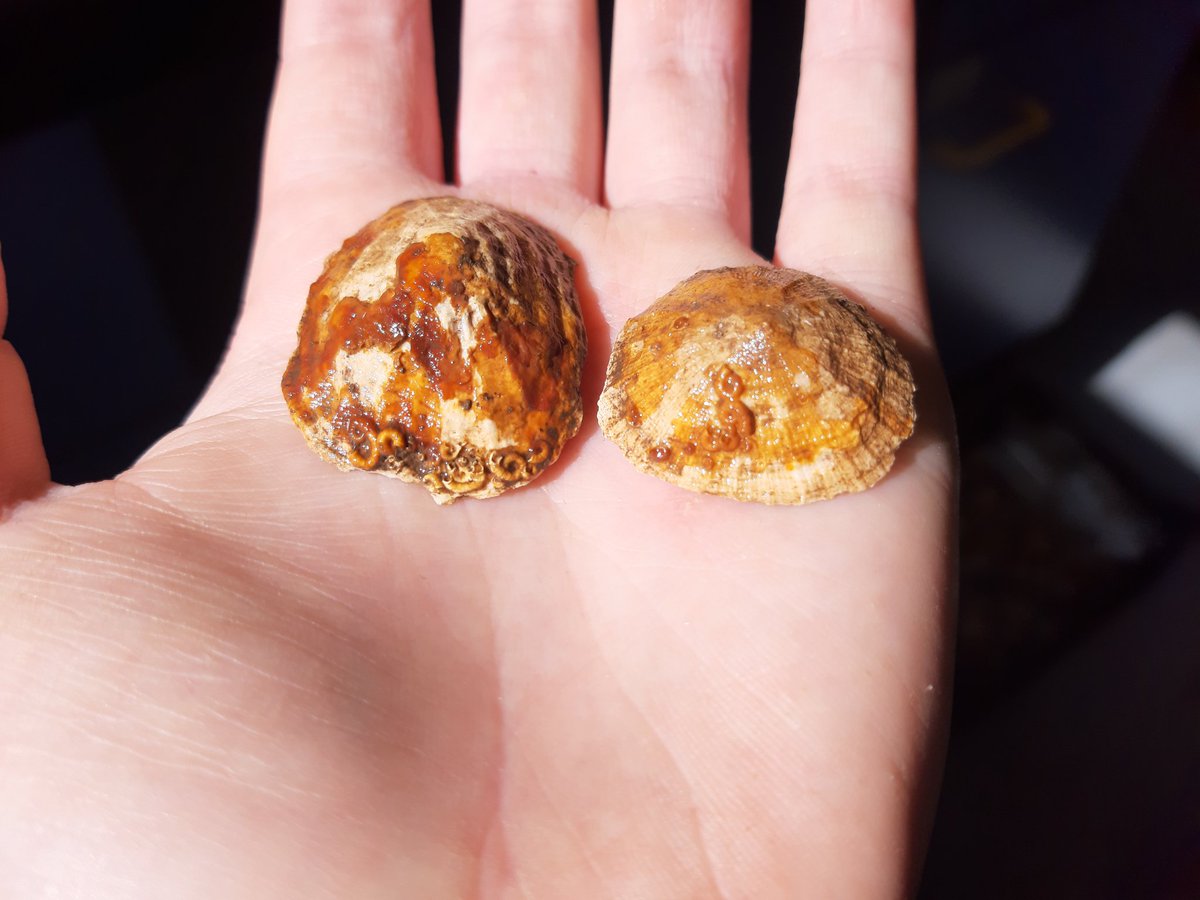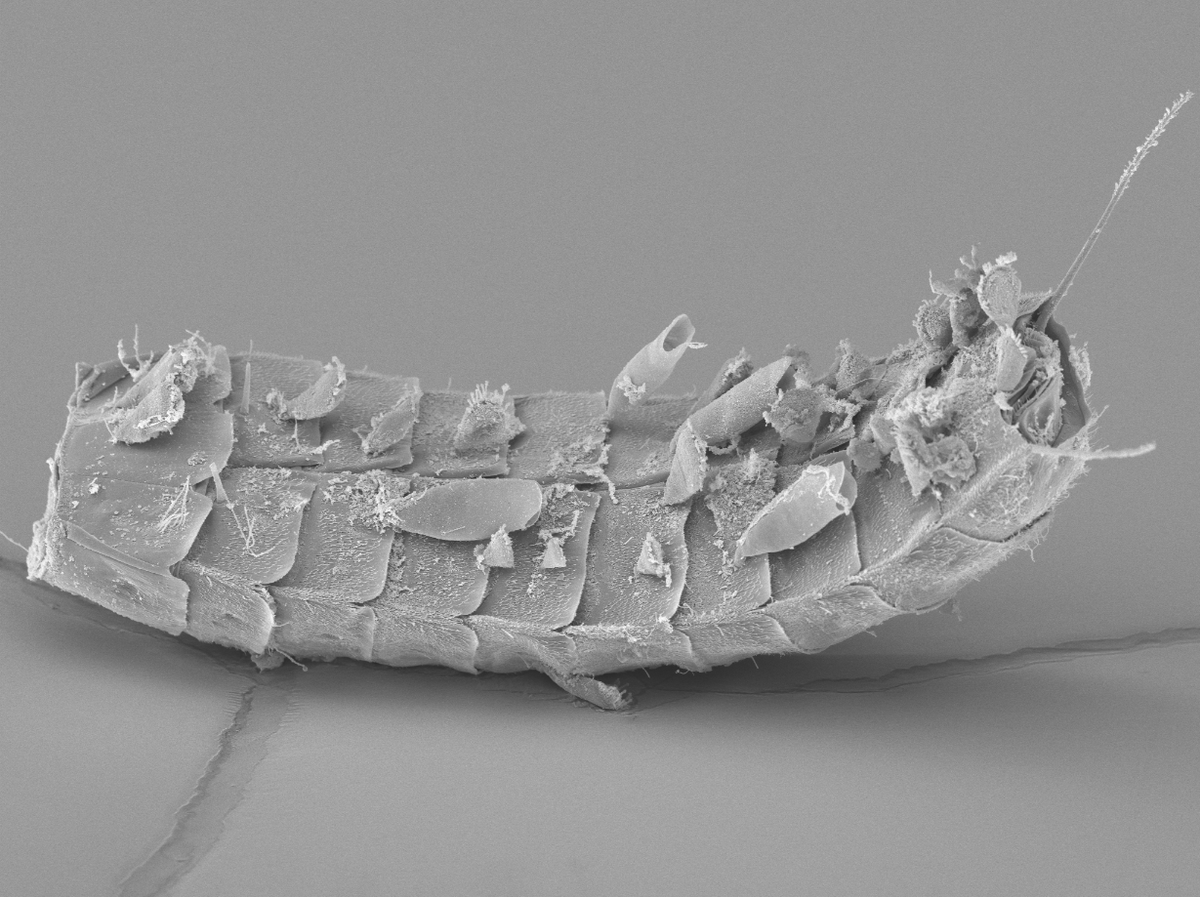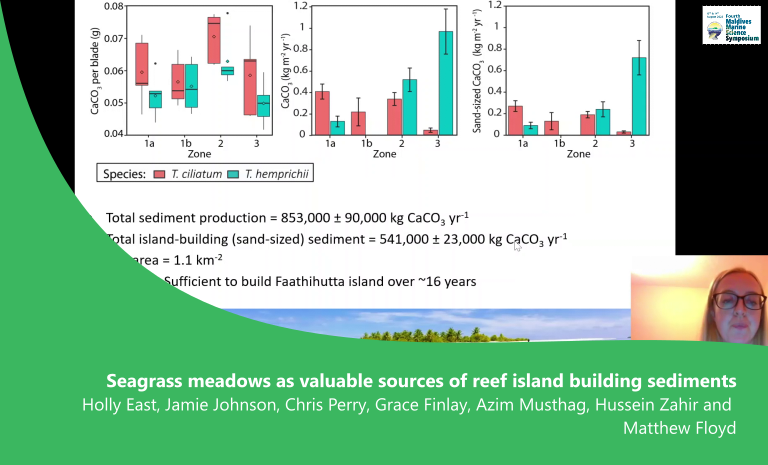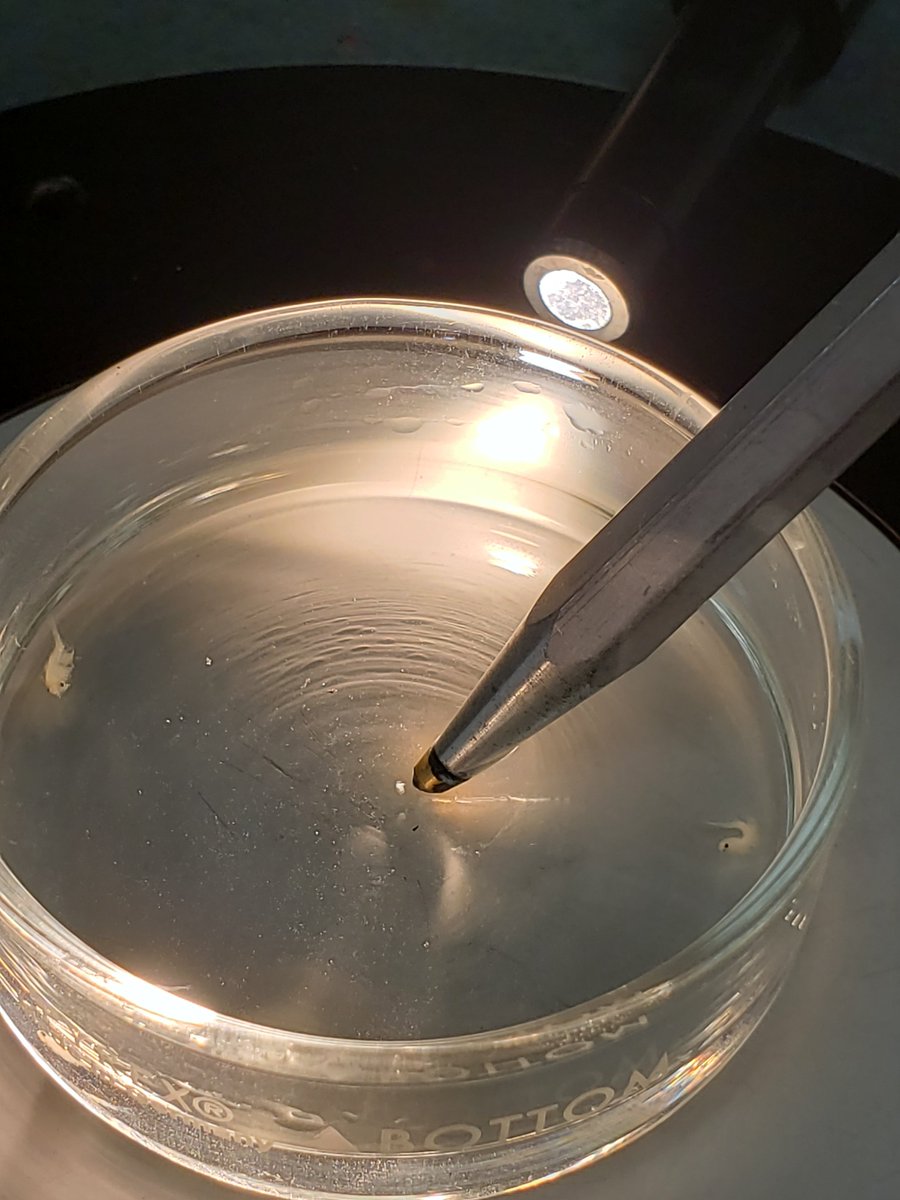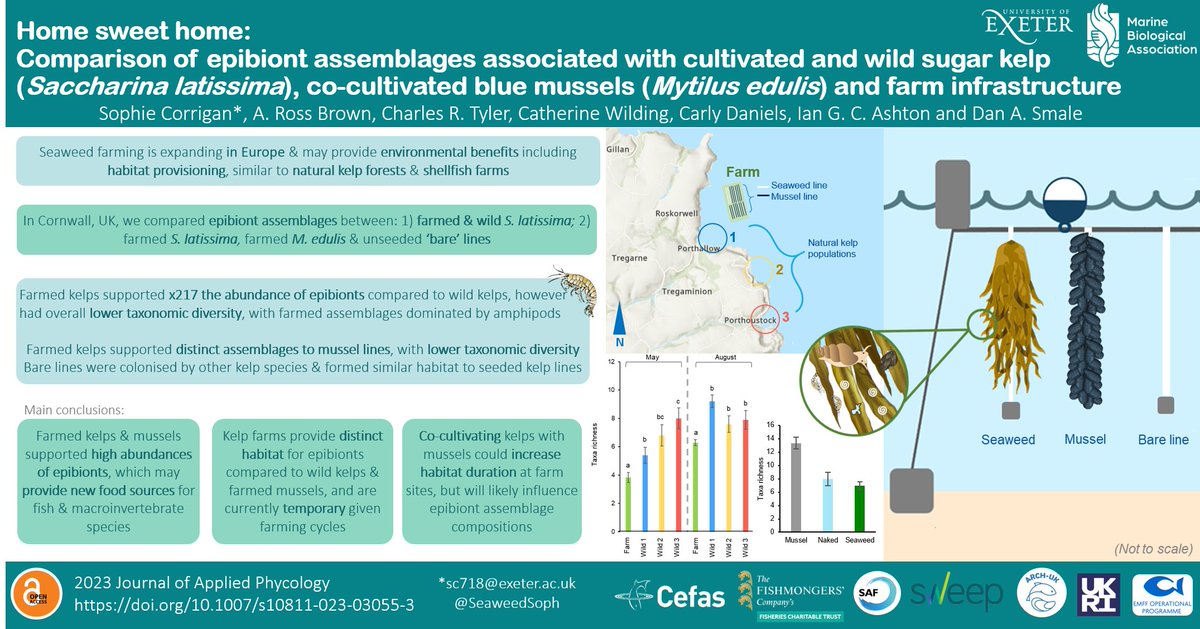

Giant clams play important roles in the coral reef ecosystem. They are reef-builders,bioeroders,refuge for some organisms like fishes and epibionts, sources of zooxanthellae and filter-feeders where they can clear water. Example of giant clam is Hippopus sp. #MolluscMonday
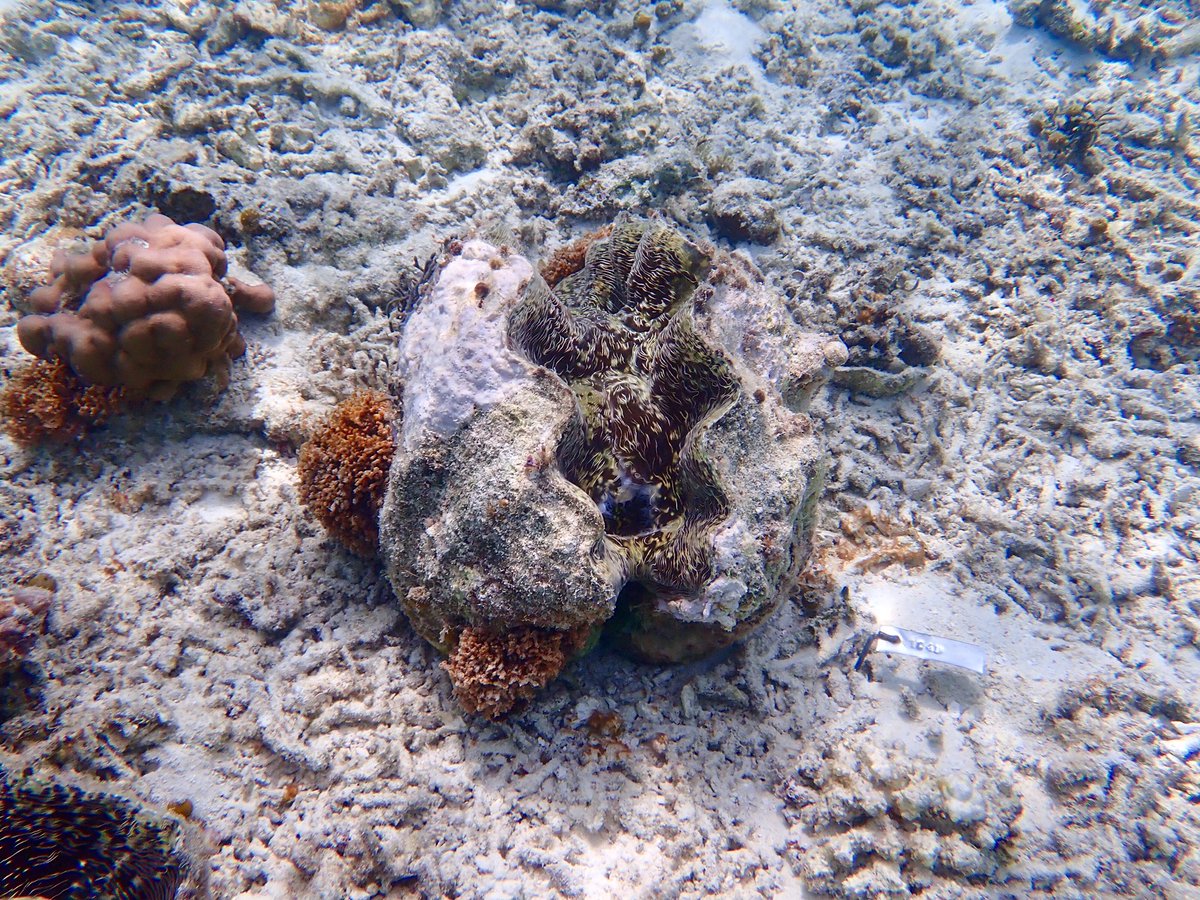
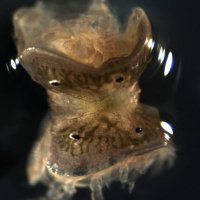


Marine peritrich ciliates living as epibionts on red algae. 200x magnification. Brightfield #microscopy . I found many different ciliates assuming this role in a recent sample. For more examples, see instagram.com/couch_microsco… #scicomm #biology #algae #ciliate #underwater

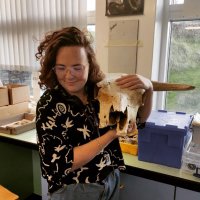
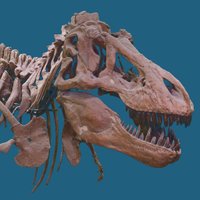
It's time for #TrilobiteTuesday ! Pictured is a 5-in (12.7-cm)- long Arctinurus boltoni found in upstate NY. If you look closely, you can see scores of epibionts—organisms that live on the surface of another organism—that attached themselves to the trilobite's exoskeleton.
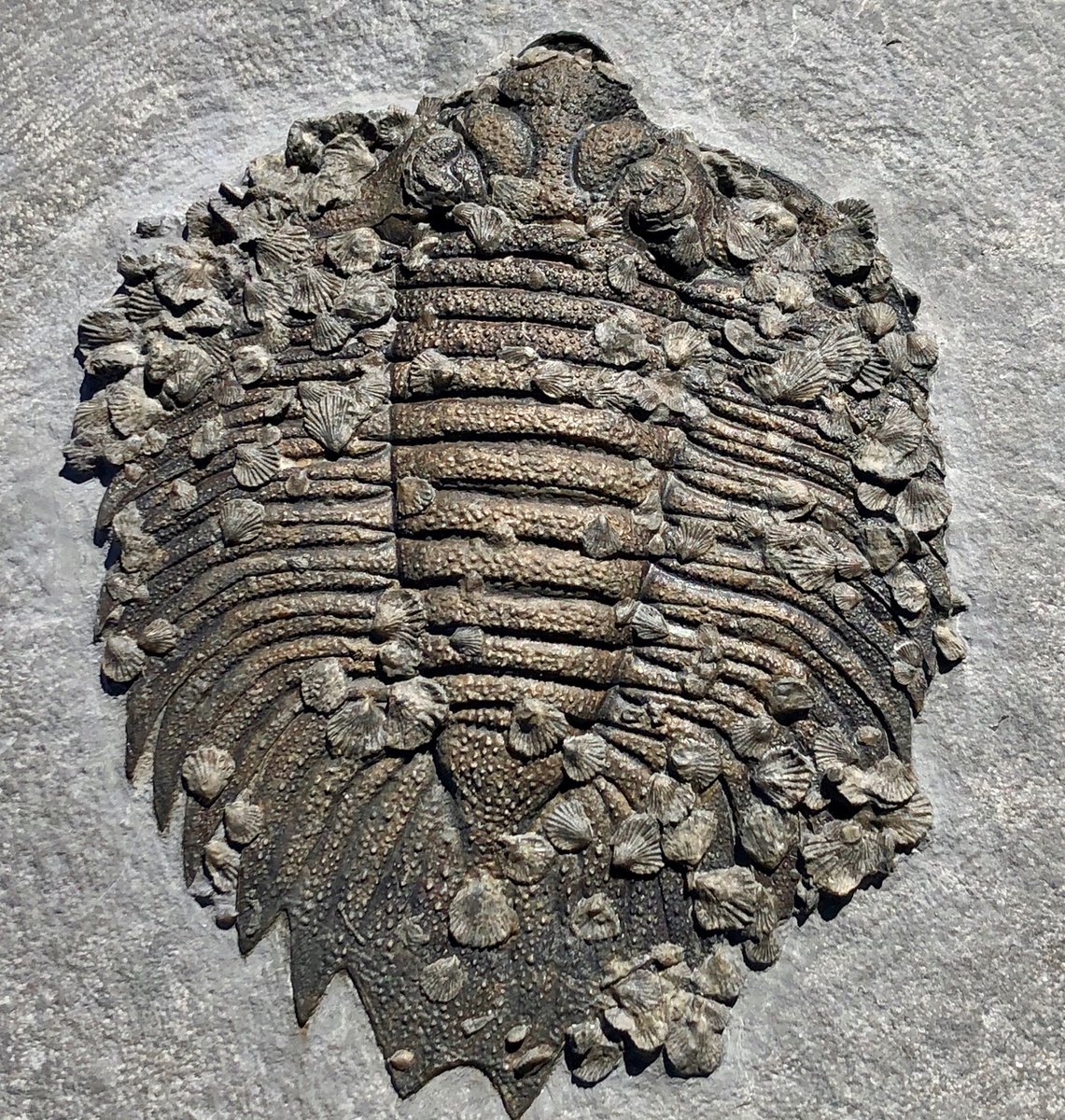

Ahhh Barnacles! A common occurrence through most of the the diamondback terrapin’s range, epibionts in the form of barnacles are well known. However this is probably the first time I’ve noticed them in our population. They certainly don’t look comfortable! #swflturtleproject
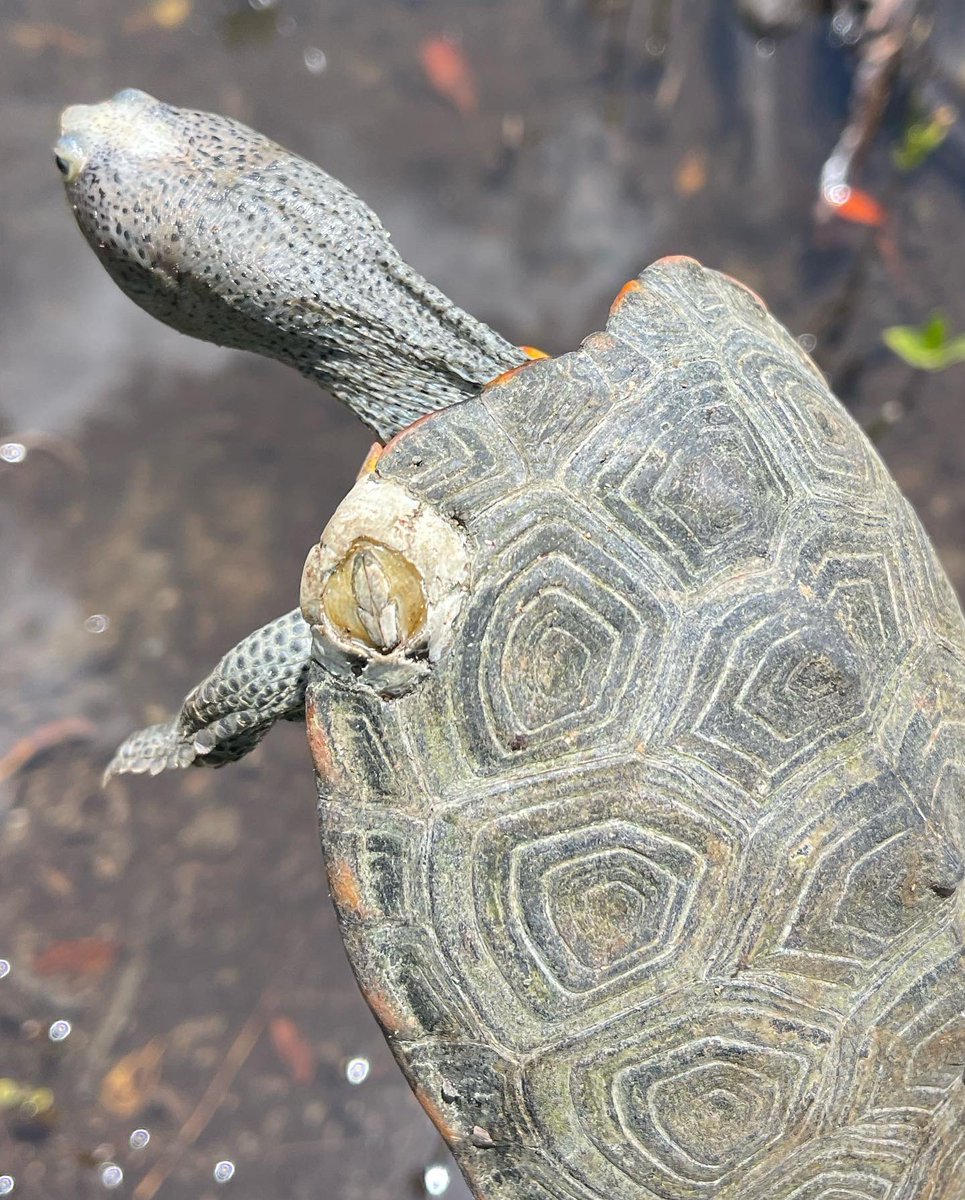
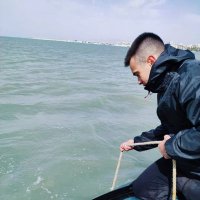

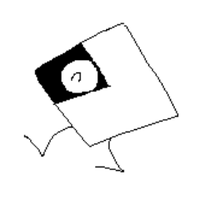
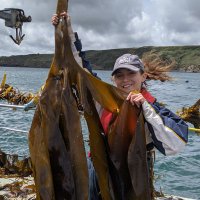
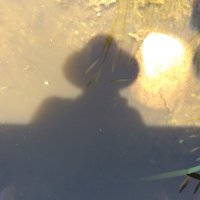
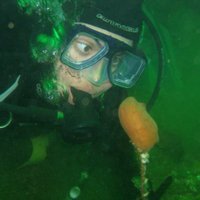
#AukerLab representing Misericordia University at Pennsylvania Academy of Science at Gannon University! #zebramussels #epibionts #ecology #undergraduateresearch
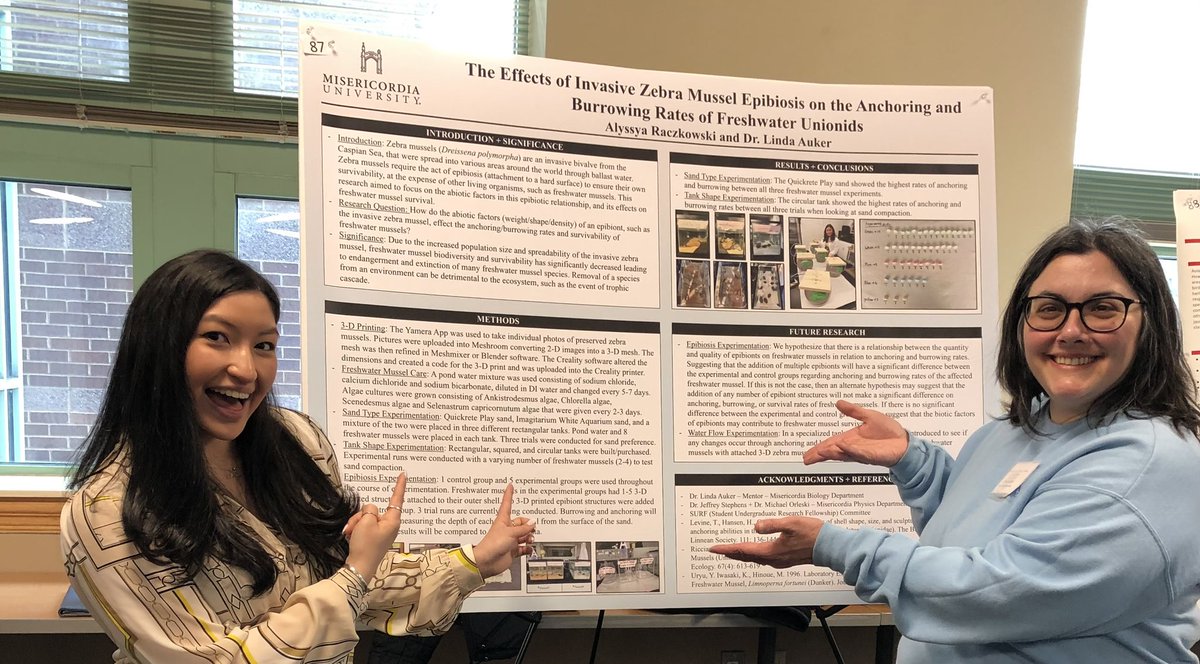

Encrusted Chlamys hastata, NE Pacific Ocean, Barkley Sound, photographed at Bamfield MSC, 2013. #MolluscMonday #bryozoa #epibionts
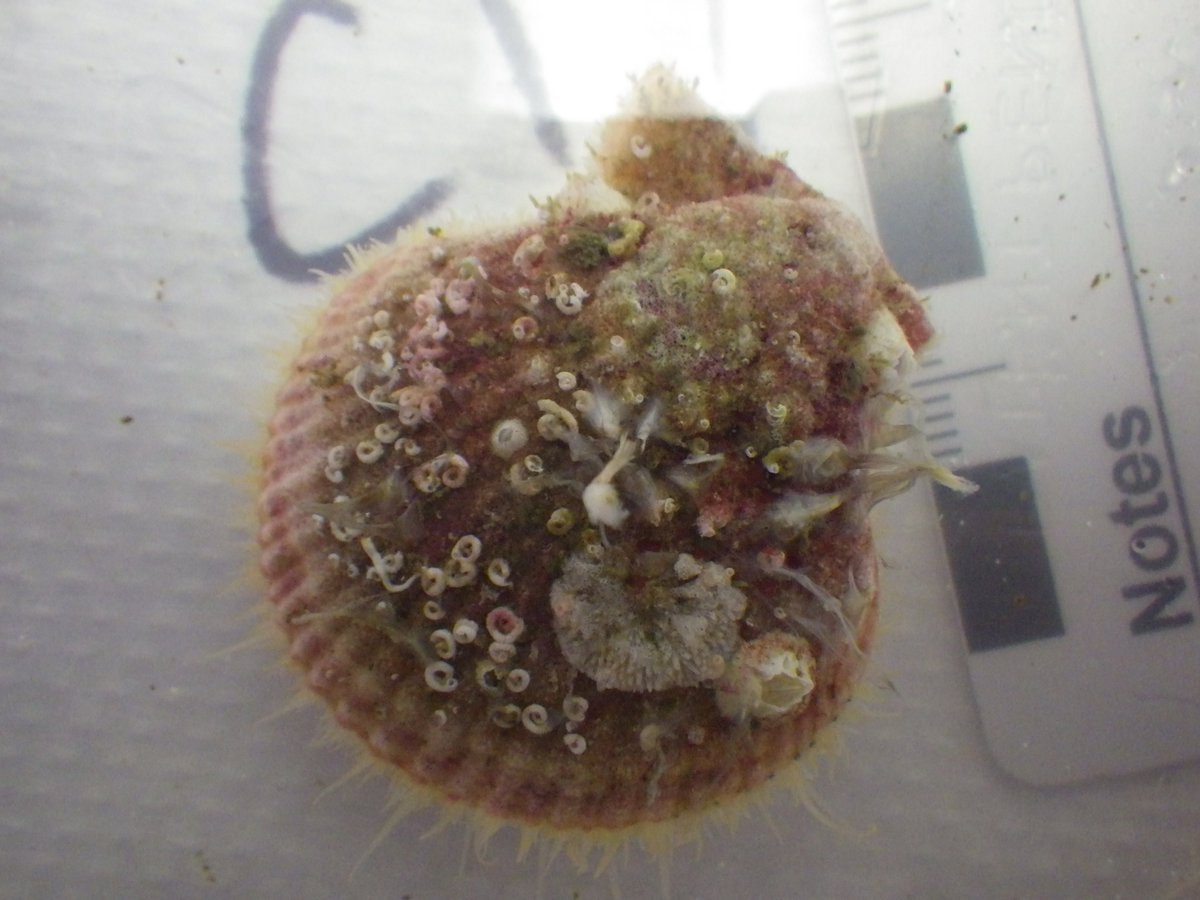

First Japanese Record of Epistylis wuhanensis (Ciliophora: Epistylididae) Attached to Lernaea cyprinacea (Copepoda), with a List of Epistylis Species Attached to Metazoans in Japan
#Newrecord #Epibionts #SpeciesDiversity
🔓doi.org/10.12782/specd…
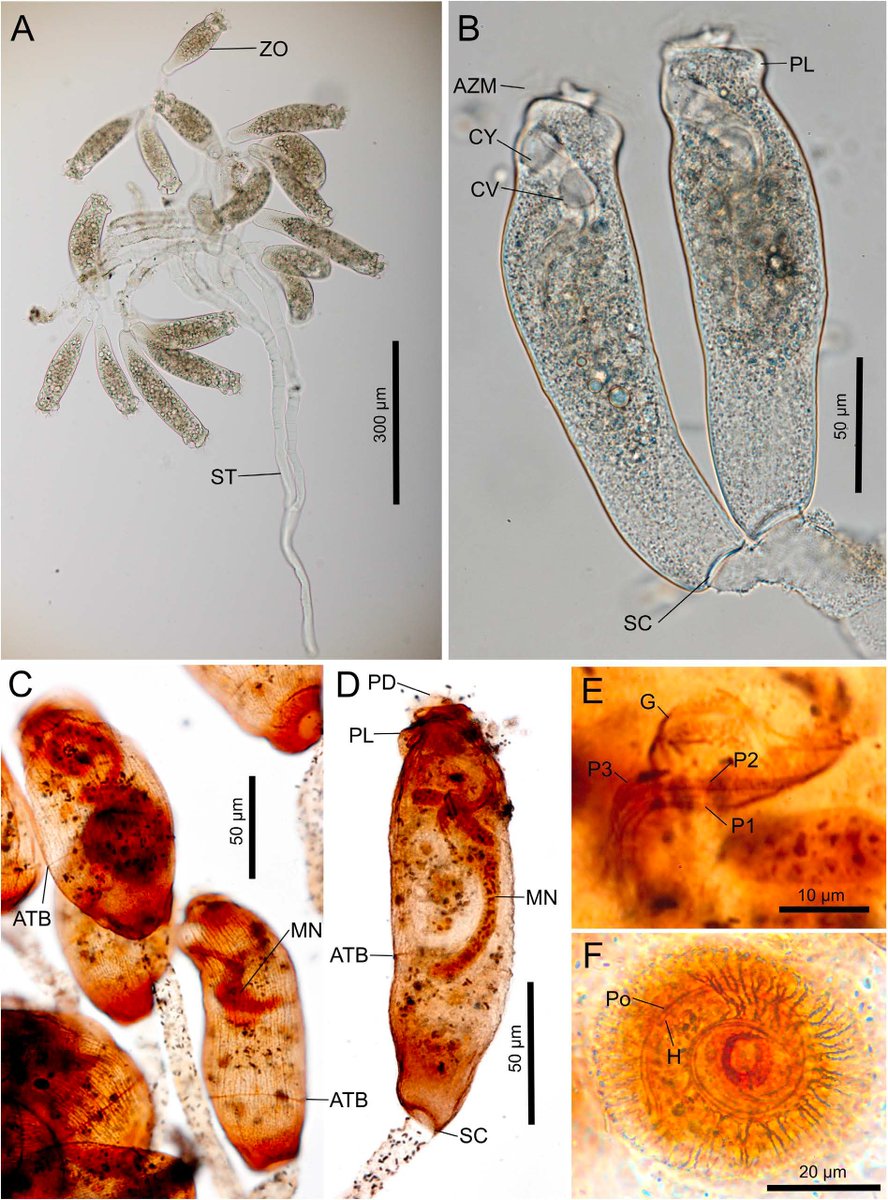

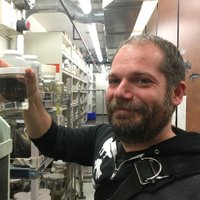
What are the epibionts on this mollusk shell from the Florida continental shelf? Any ideas? #NameThatEpibiont
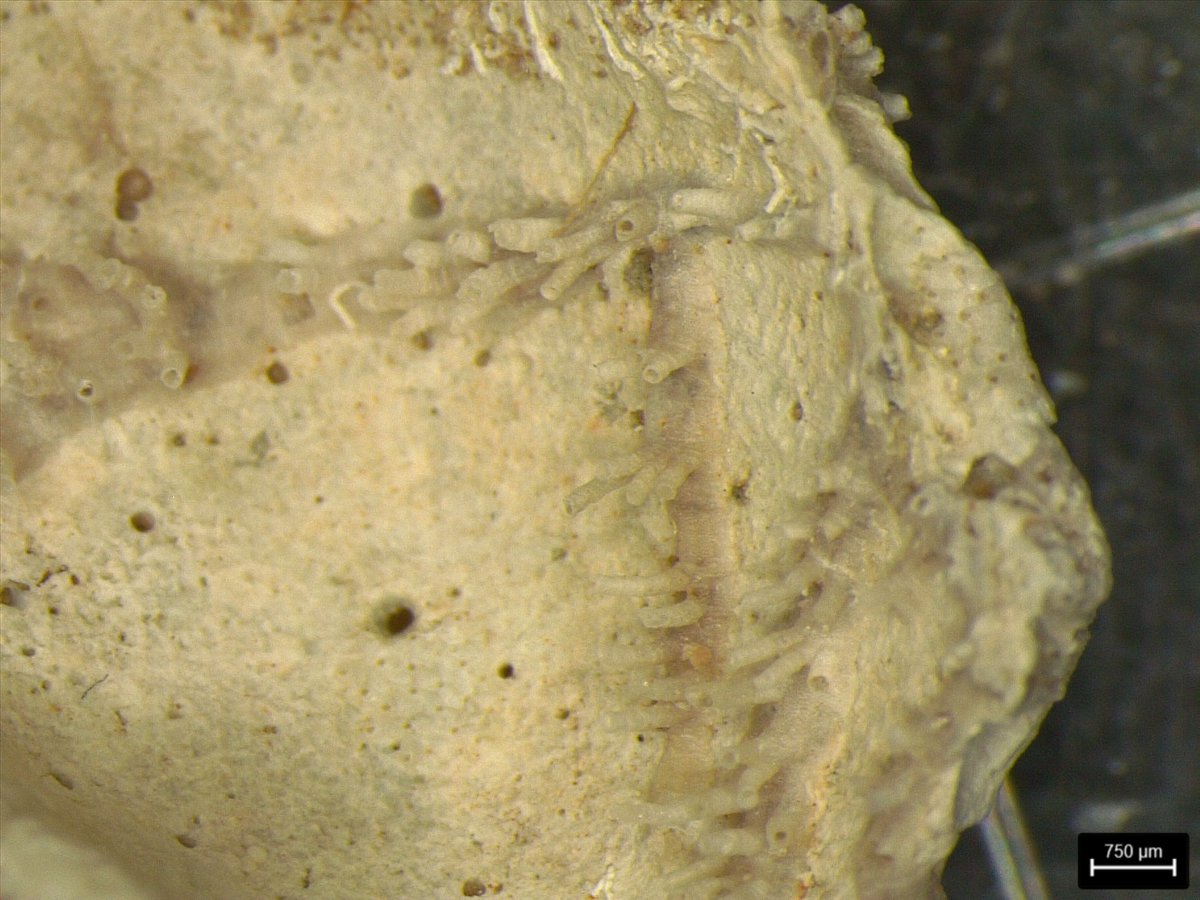

#Desmodorids are usually parasited by #epibionts (suctorian ciliates). This is so common, that you can find them drawn on the original description of many desmodorid species.
Picture: Ciliophora, Suctorea of a desmodorid nematode from Selvagens.
